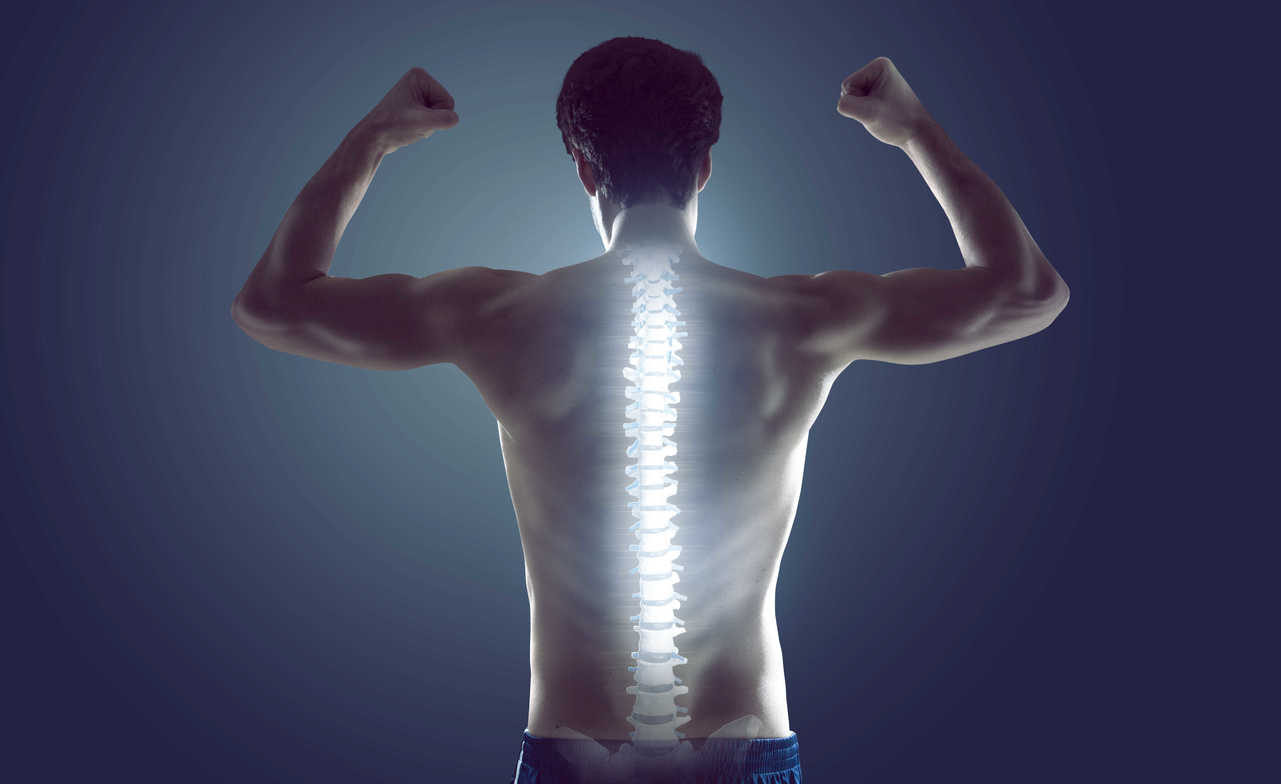
OUR BEST TIPS TO PROTECTING YOUR LOW BACK
Most people think of lower back injuries as a sudden traumatic event that occurs while lifting, bending or twisting. This is sometimes the case, but more often lower back injuries occur due to microtrauma - small, repetitive injuries over time. In this post, I aim to help you strengthen your low back and give you tips on how to avoid or lessen low back pain episodes before they occur.
According to the U.S Bureau of statistics, office and administrative occupations make up the largest group of workers in the United States. This means that most of people in the US are spending a large portion of their day sitting. Another study done by the U.S Bureau of statistics showed that most of these jobs required employees to sit for nearly 40% or more of the workday. The workplace isn’t the only place where people sit. After work, people relish at the opportunity to plop down on the couch and settle in for the evening or they go out with friends and sit around a table together.
So why would sitting all day cause a problem? Sitting seems like a fairly harmless position right? It seems like we aren’t putting any abnormal stress on the body such as lifting and twisting. Well, the human body isn’t primed to be in this position all day.
Most people are sitting 6 to 13 hours a day. Our bodies are meant to run, jump, climb, and lift. This is a lot different than the vast majority of people today, who spend long hours of sitting during the day. Even most athletes tend to sit when they are not actively training.
So why is sitting an issue?
When individuals are spending 6-13 hours a day sitting, they are not using muscles in areas that are important for spine stability and support. As the old saying goes “you use it, or you lose it” applies well in this case. Not only are muscles important in spinal stability getting weaker, but muscles that aren’t very good at spine stabilization are also getting tightened leading to feelings of stiffness.
Combating these effects can seem like a daunting task based the complexity of the issue. Here are 4 easy tips that you can implement into your daily routine today to help you get started.
Easy Tip 1: Abdominal Bracing:
Abdominal bracing is a strategy that helps us stiffen and strengthen our low back by using the muscles in our abs. Having a strong and stable core is one of the best strategies that people can use to avoid lower back injuries. Sit-ups aren’t the best approach (to read why, check out THIS POST) to getting a strong and stable core that can help protect us against injury. Having a strong muscular brace is much like a canister for tennis balls. Without the canister the tennis balls would be unstable. If you remove the muscular brace. you will remove the stability of the spine, much like the tennis balls
Here are three easy exercises you can do at home with no equipment to learn how to brace effectively.
EASY TIP 2: WORK BREAKS (AKA MOVEMENT BREAKS)
Interrupting our work can be very beneficial! We recommend taking 5 minutes each hour to take a short walk, do a stretch or two, and grab a drink of water. A short break every hour or so can improve productivity because it allows us to refocus our energy and movement helps our brains process information. Here are my favorite two stretches to do as a work break:
Wall arm bar - Just one minute per side
Couch stretch - Just 1:30 per side
5 minutes total! All you need is a corner and a chair. You don’t even need to do all 5 minutes at once. Just doing these stretches a little bit here and there throughout the day will add up to a lot of positive movement over time. Just a few minutes a day can help prevent low back pain!
Easy Tip 3: Thoracic mobility
The Thoracic spine is the part of your spine where your ribs are. Most of us have 12 vertebrae in this region that all move in three directions. For us to press overhead and do all the fun movements we do, we must have adequate motion in the T-spine. Having adequate t-spine mobility allows use to bend through the part that should be bendy while stiffening the part that’s supposed to be stiff - your low back. If you find that you don’t have enough movement through your T-Spine, click HERE to get my personal spinal mobility routine.
Easy Tip 4: Use Exercises that help strengthen weakened muscles due to sitting
Don’t have a sad butt! When we sit the large muscles that move our hips - our glutes - are not being used. Over time this can lead to weakness and poor control of those muscles. When this happens, our ability to use our hips to lift and move things is reduced and most people will compensate by using their backs to lift - not good. These simple exercises don’t require any equipment and can strengthen your butt muscles.
We’ve outlined a few simple tips and given you a few exercises - all of which don’t require any equipment - that can help you prevent low back pain. With less than 10 minutes per day, you can be on your way to living a better, more mobile, and stronger life!
If you do experience low back pain, always have it evaluated by a professional.
Adapted from Protect Your Low Back - CSA 2019
.jpg)
.jpg)


